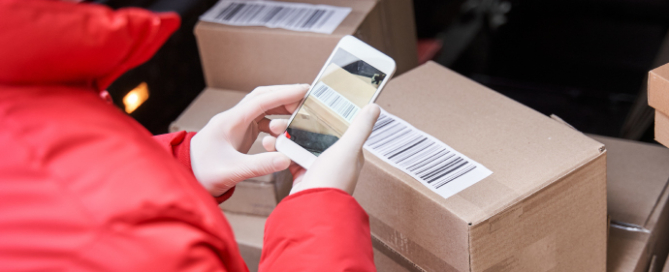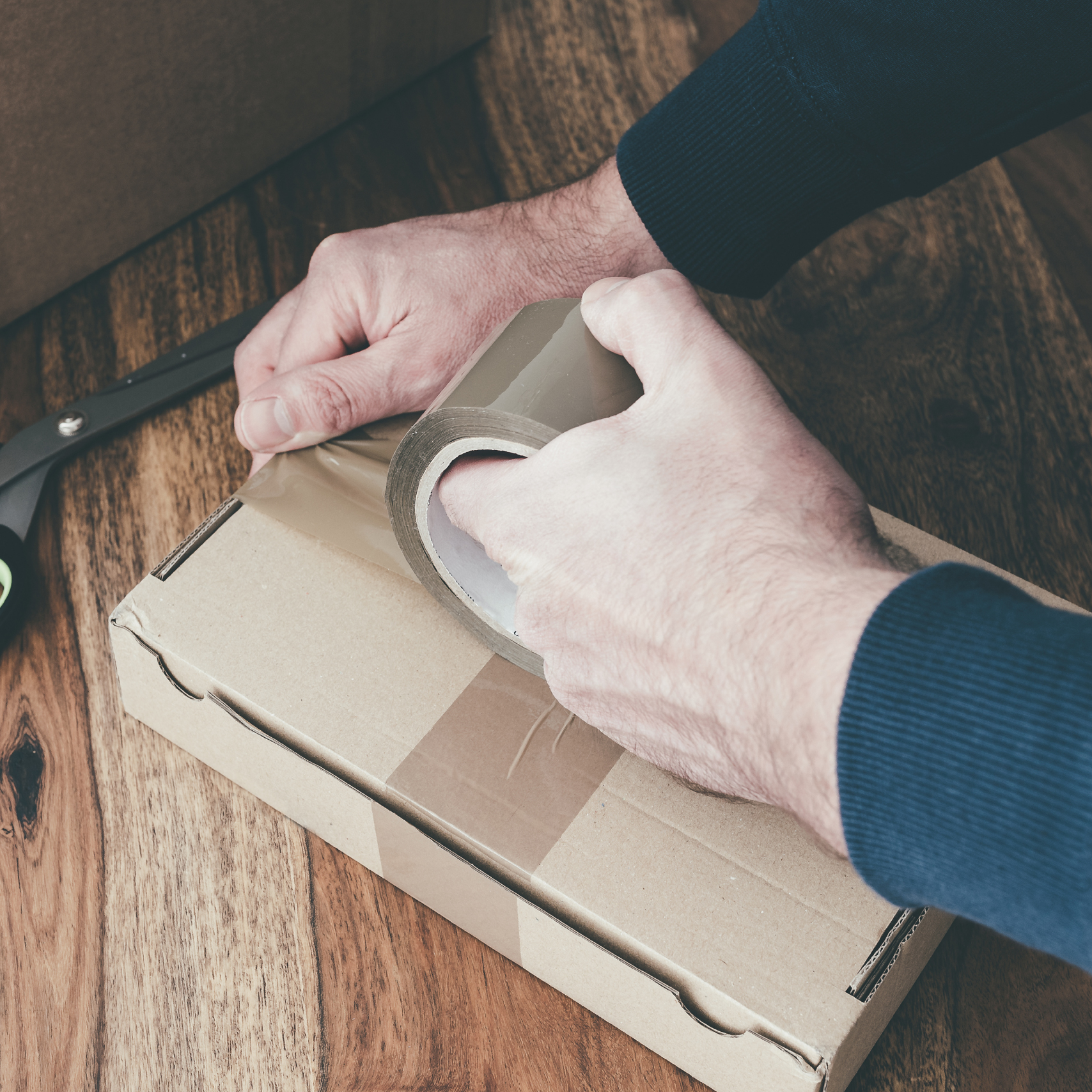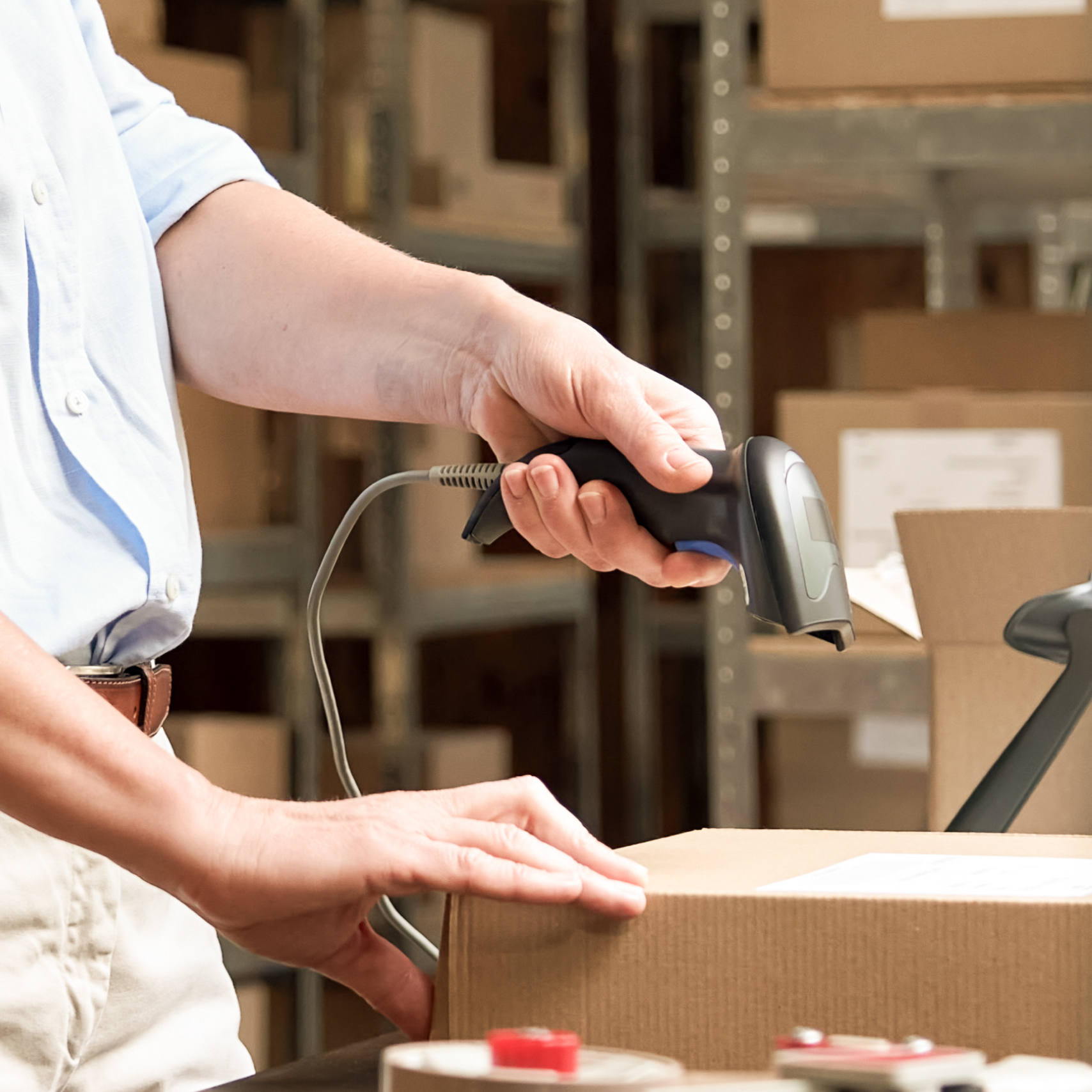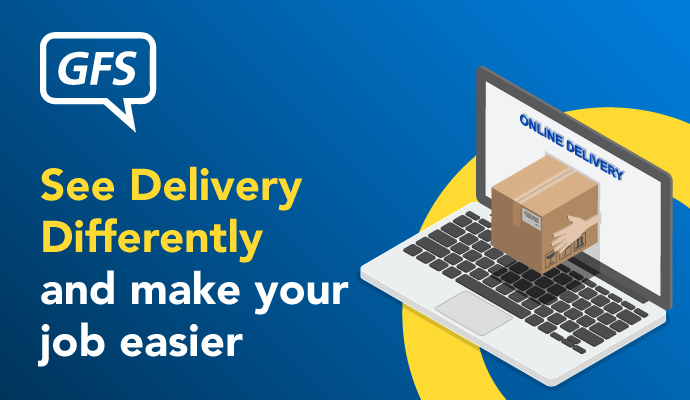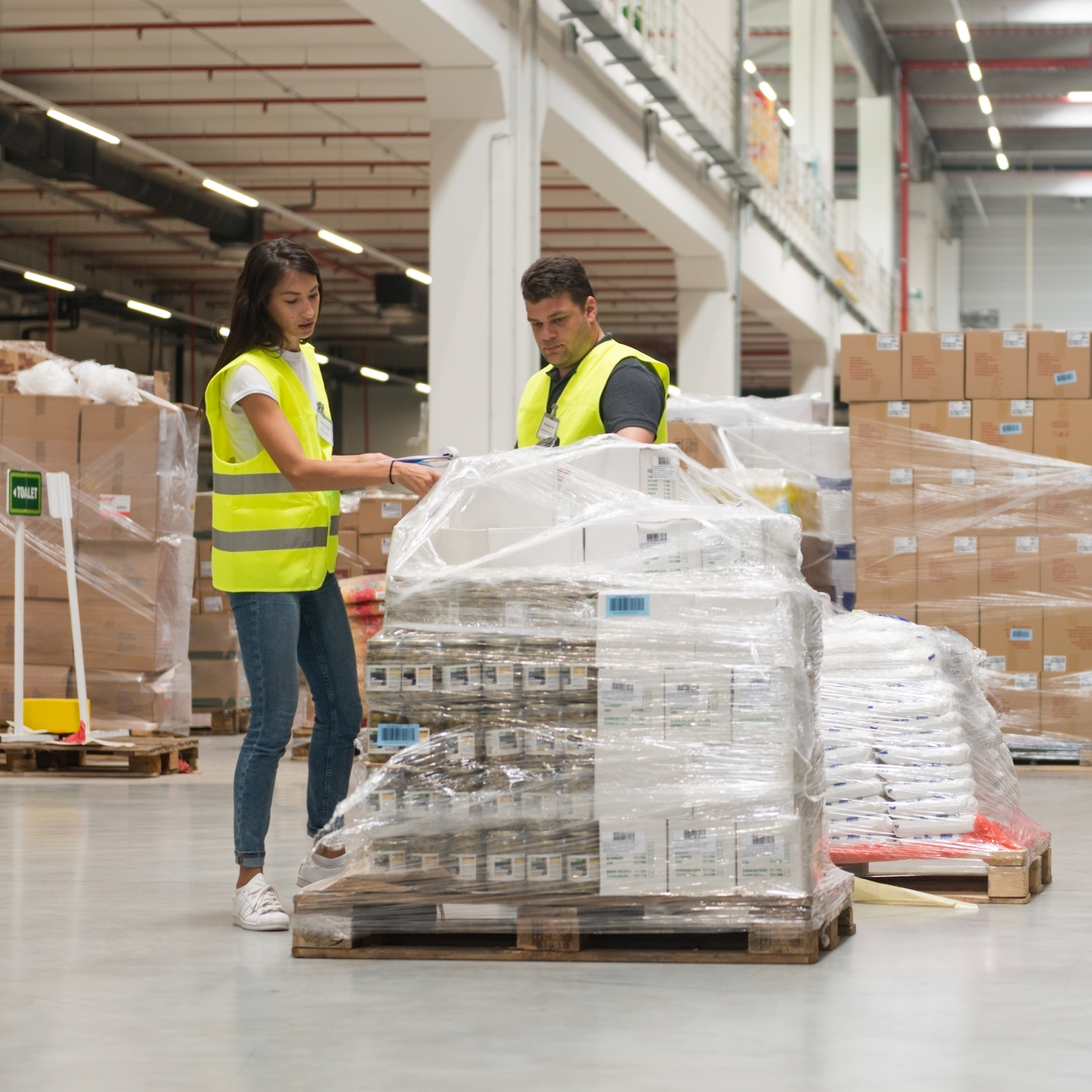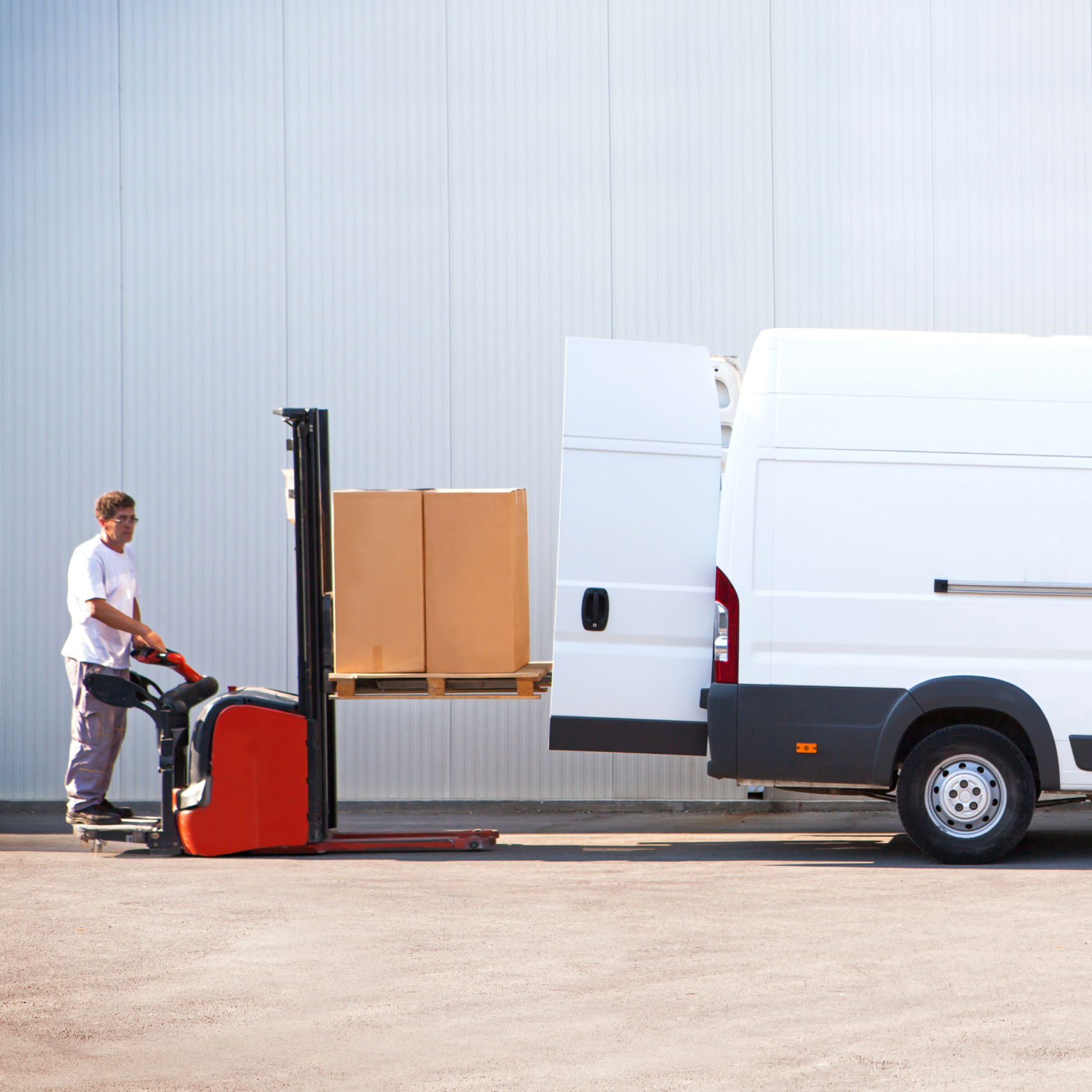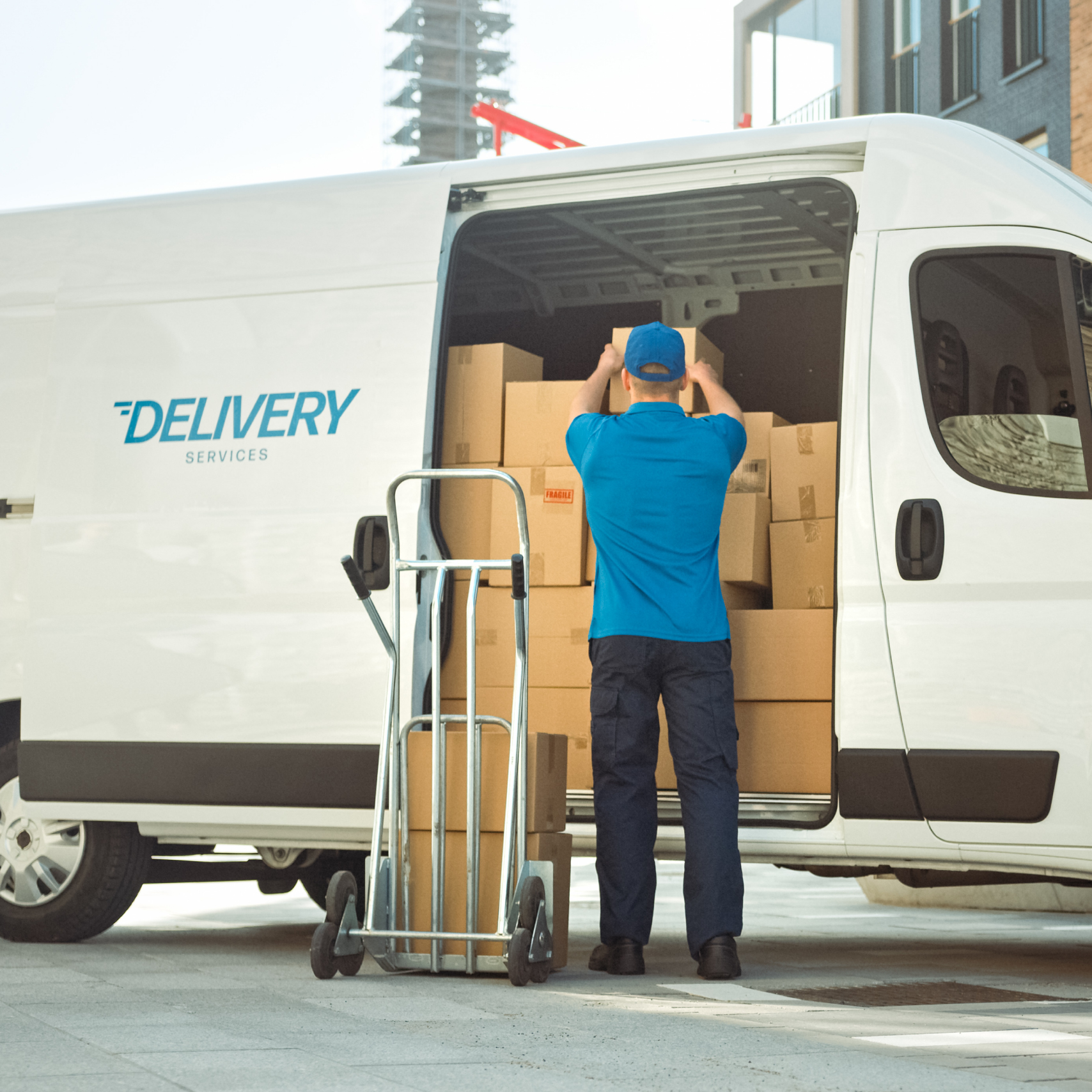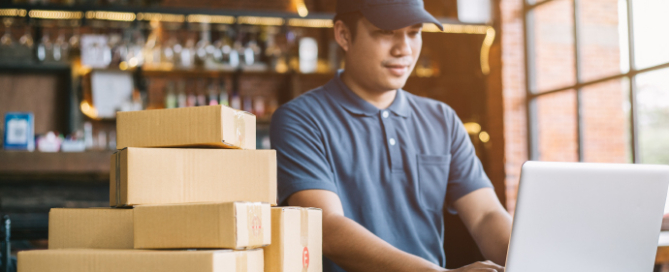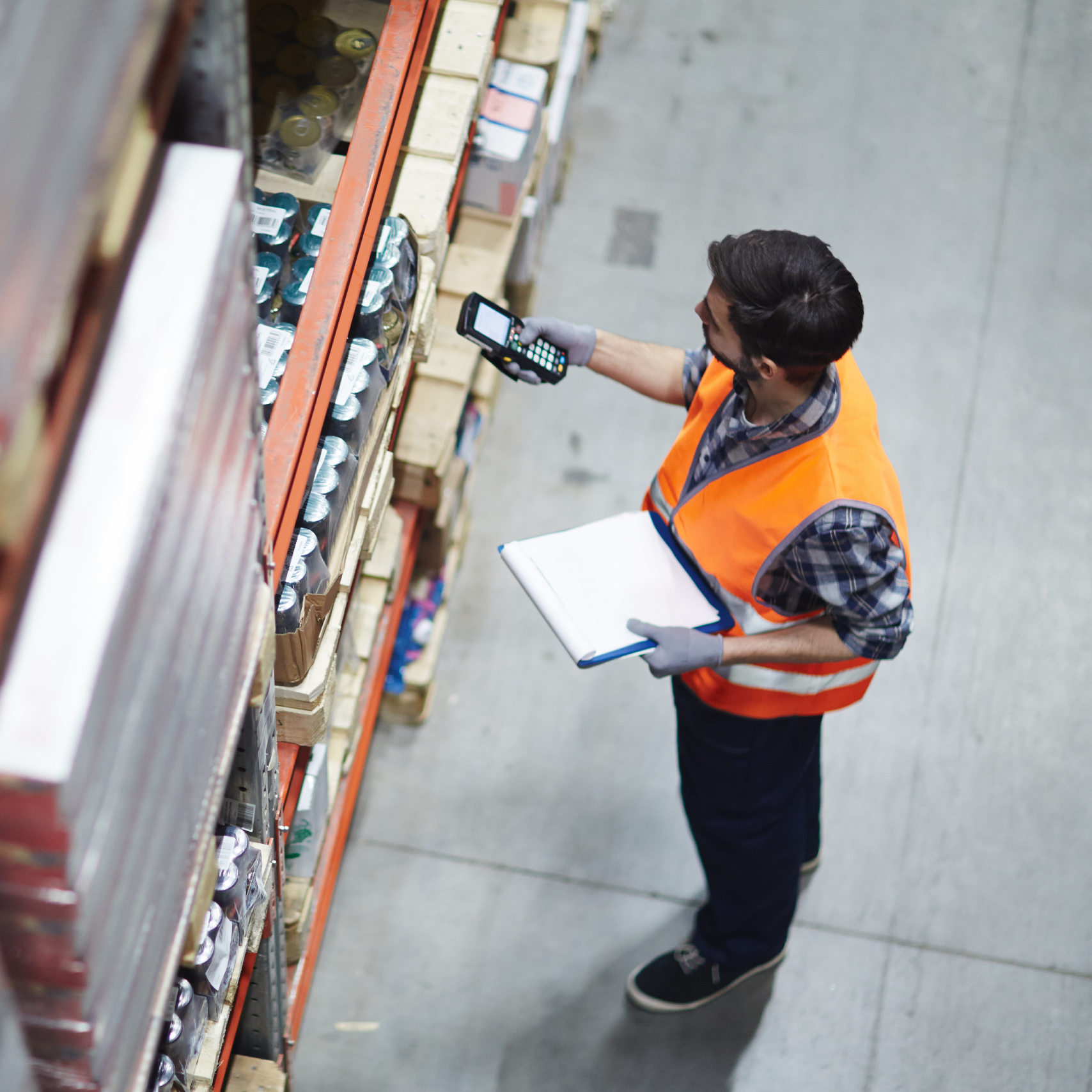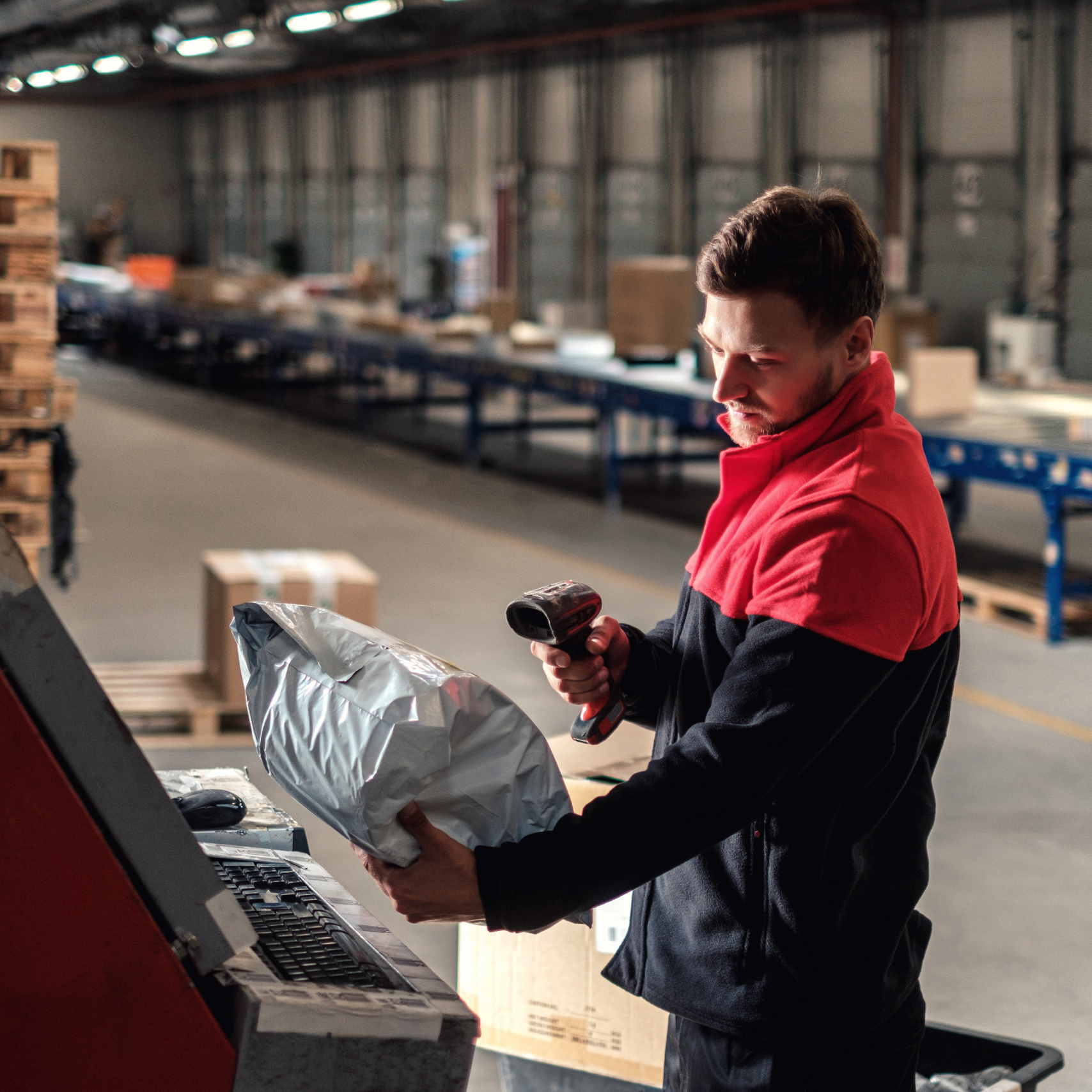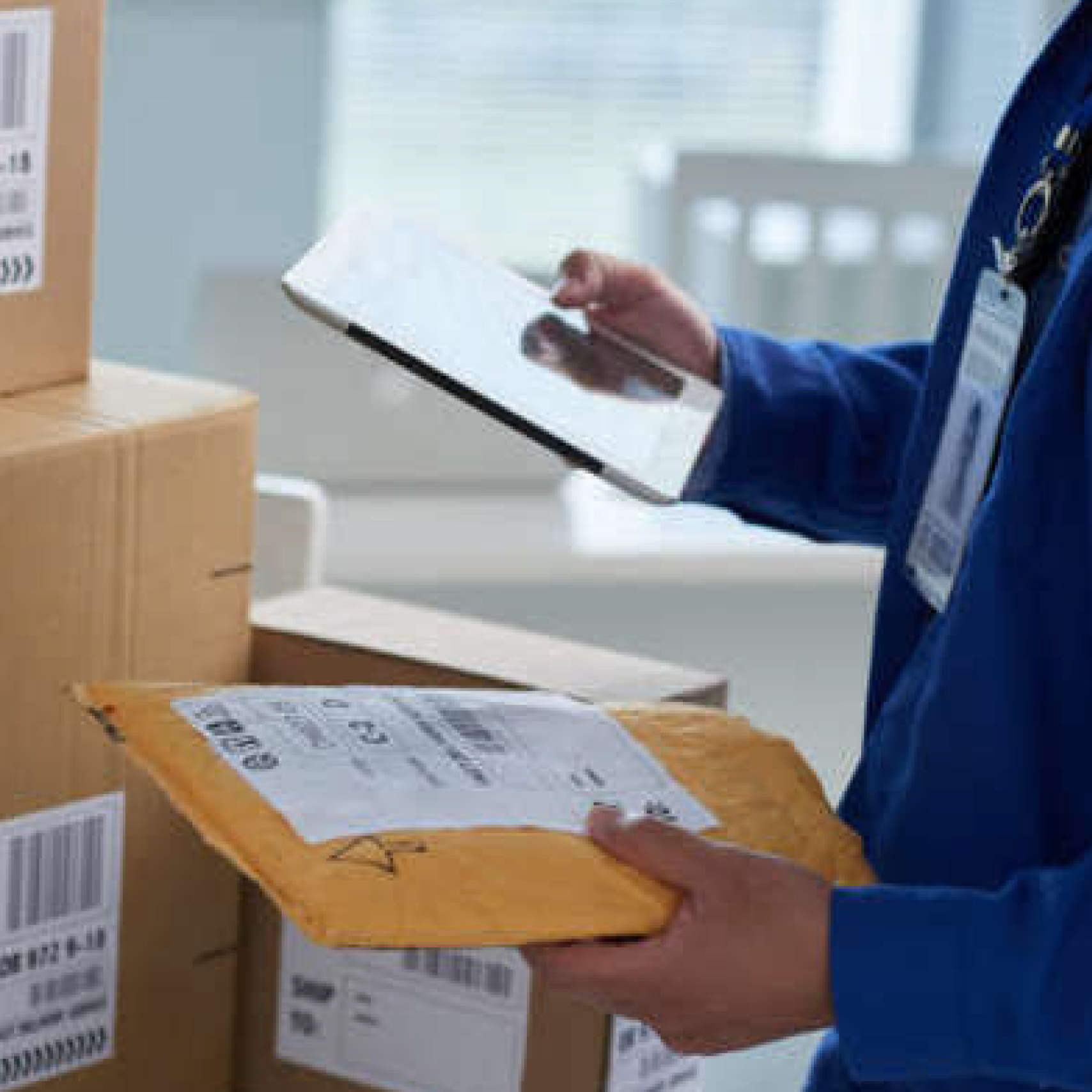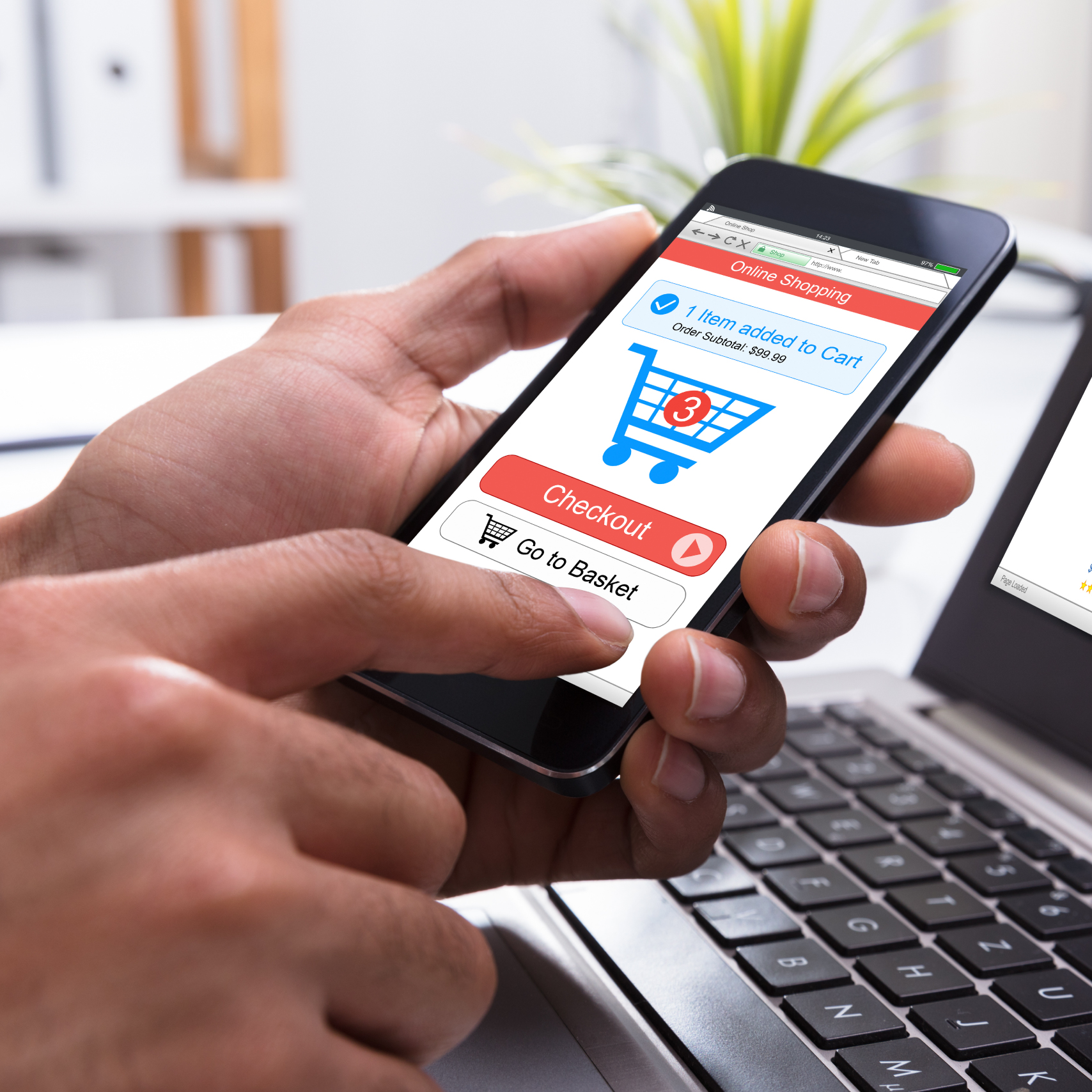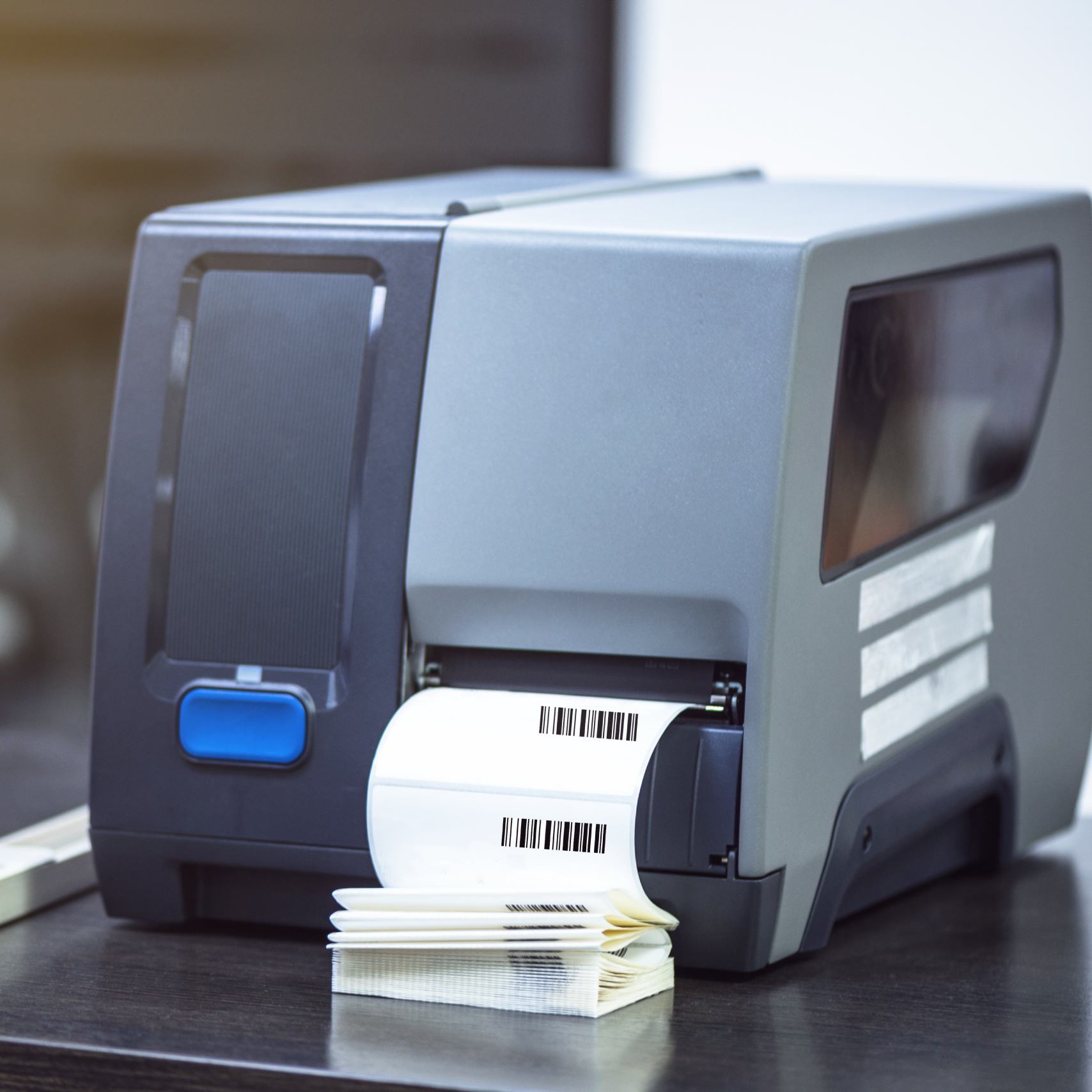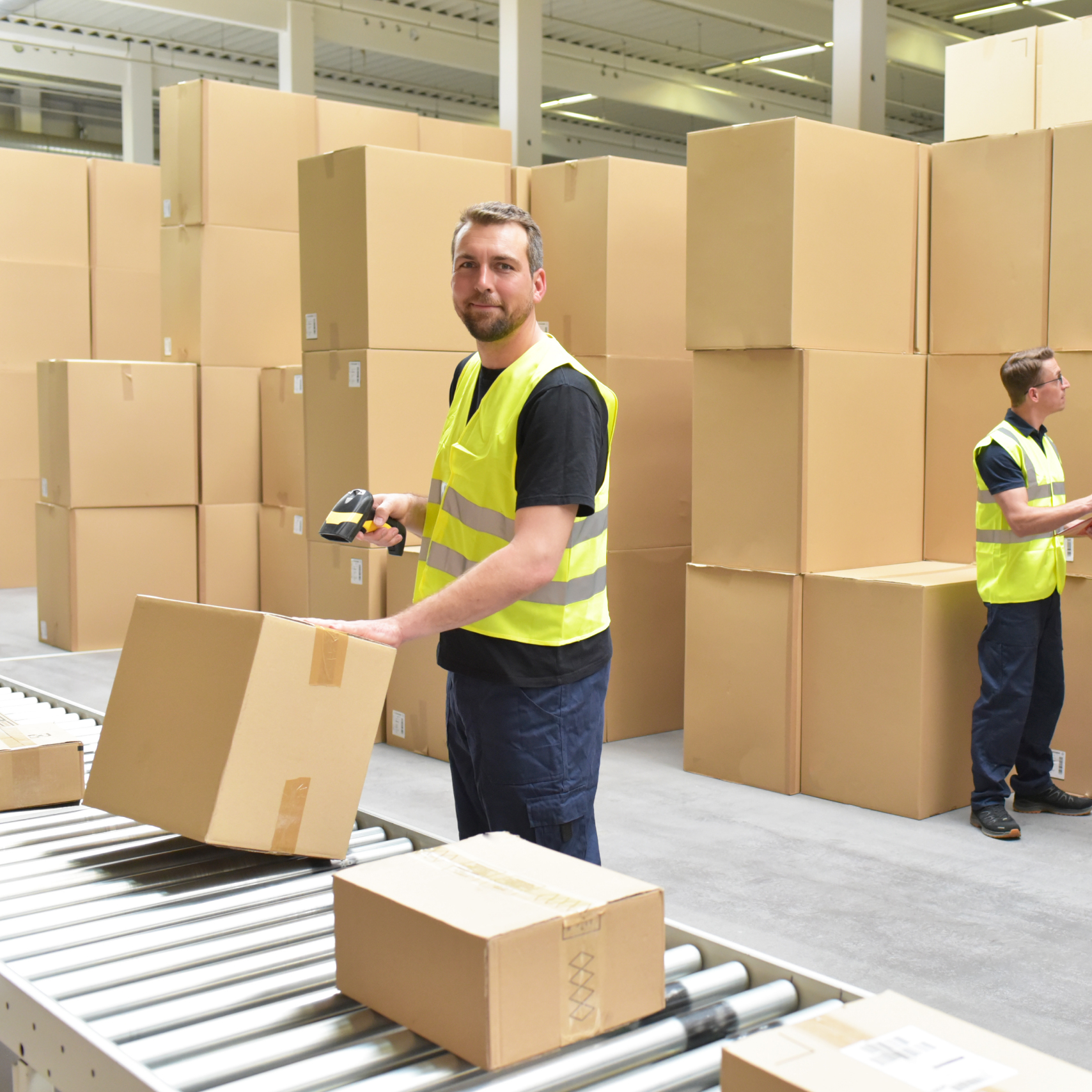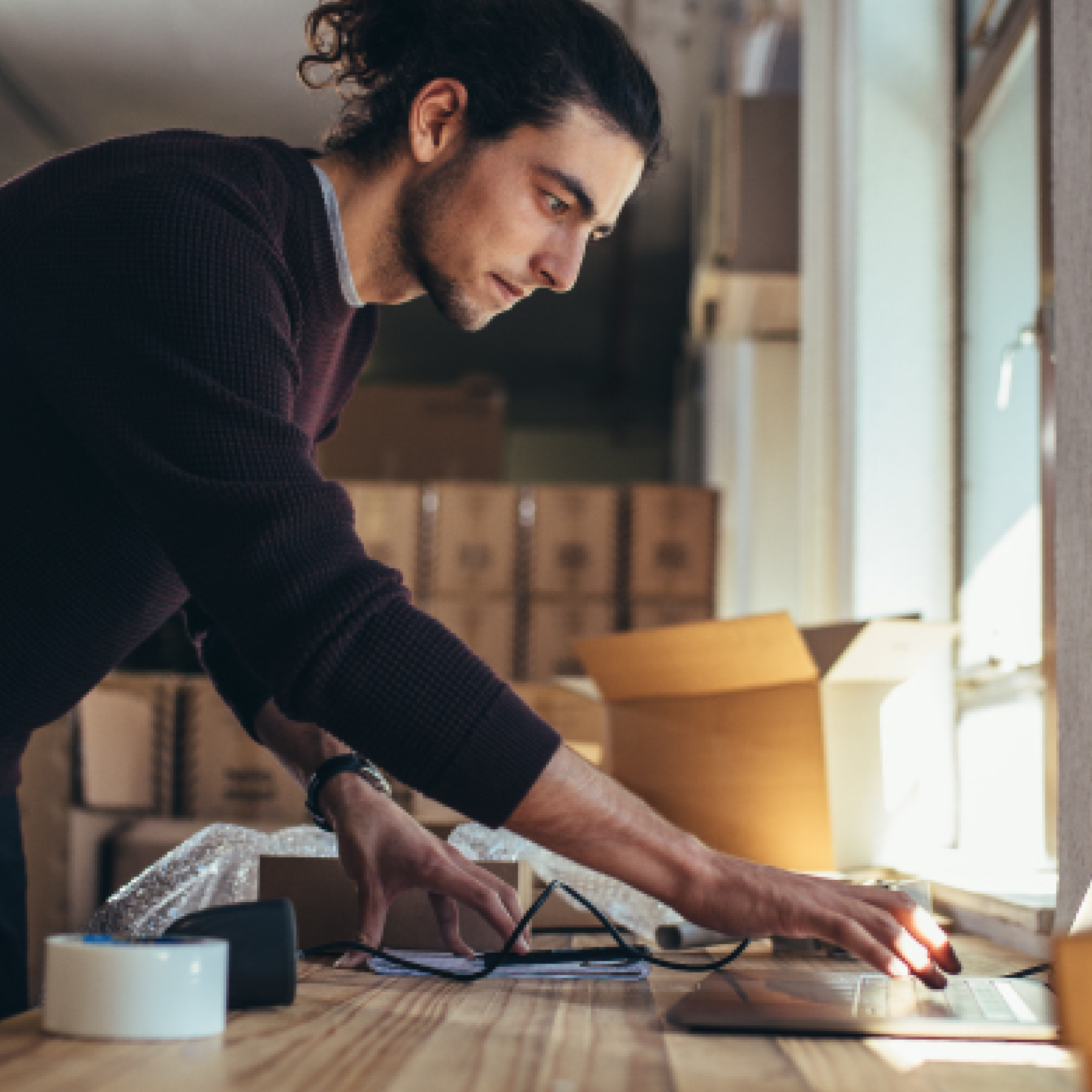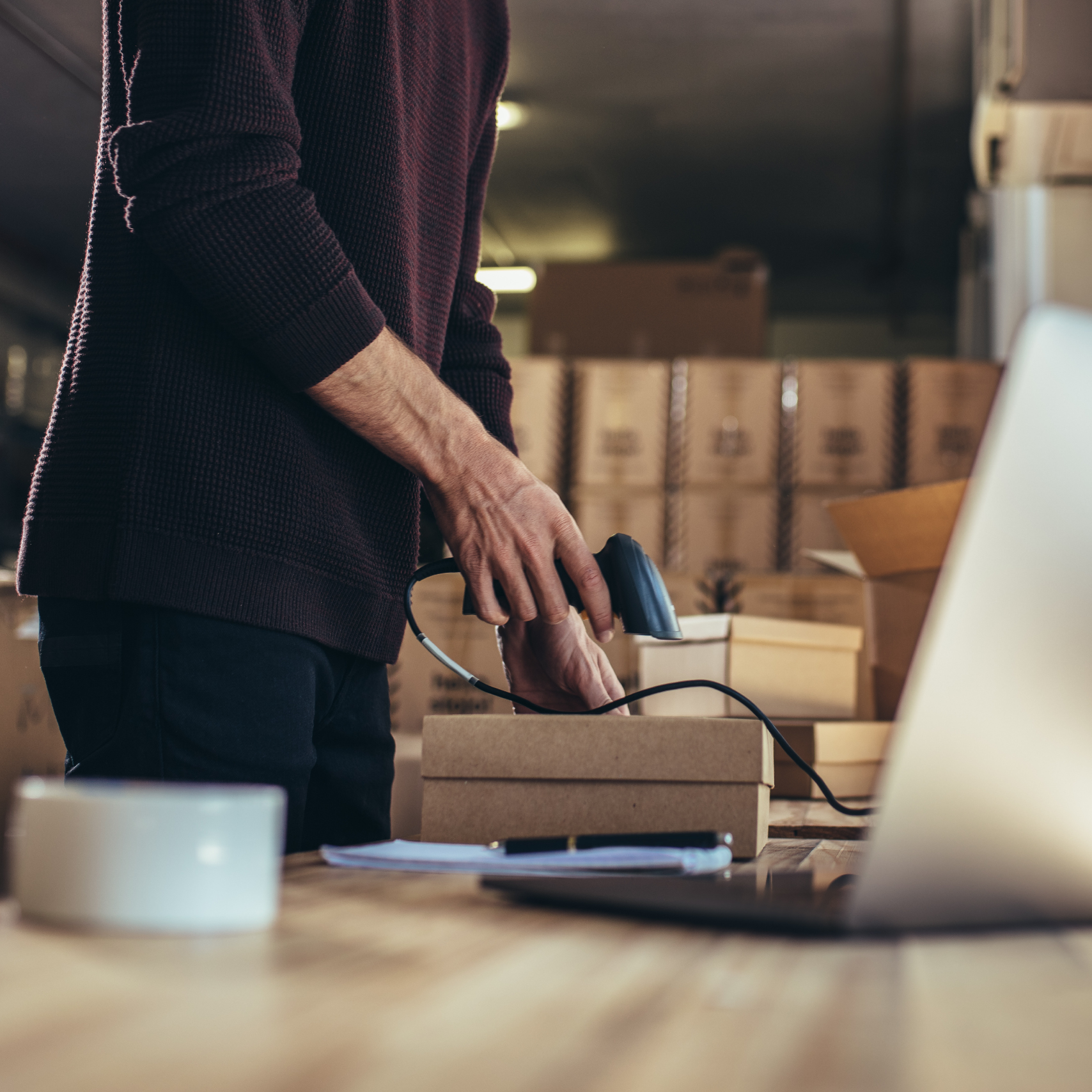What do your customers want from online delivery & returns?
It’s time to close the gap…
eCommerce growth is on the rise – in fact, it’s estimated that online shopping will account for 30% of all retail purchases by 2024*, and the recent Covid19 pandemic has only accelerated this growth.
But now is not the time to rest on your laurels. Yes, eCommerce is booming but as we continue to get back to some normality post-Freedom Day, competition will be fierce, and consumers will expect more flexibility and convenience as workers return to offices, children return to schools and busy lives return to normal.
Research shows time and again that, last mile delivery and returns options directly influence consumers’ decisions to purchase – and purchase again.
According to our Consumer Home Delivery Review with IMRG, almost HALF of all consumers have abandoned a cart because the delivery options on offer weren’t convenient. When it comes to returns, the stakes are even higher with 73% of consumers stating in the recent survey by ZigZag that they would not buy again from a retailer after a bad returns experience.
Retailers who think a ‘one size fits all’ approach to delivery and returns is good enough, do so at their own peril as not only can it end the purchase before the customer has even clicked ‘add to basket’, but it will almost certainly diminish the likelihood of them buying again.
Furthermore, the consumer is not discerning whether they are buying online via your website or from a marketplace – they expect to have the same seamless delivery and returns experience every time, regardless of where they buy from.
It’s clear there is still a very big gap between what consumers expect and want from their online delivery and returns experience – and, what they actually experience.












